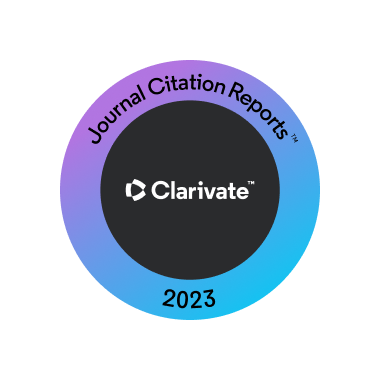Articoli
Prosthetic implant rehabilitation using the scan-analog protocol: a clinical case
OBJECTIVES: A digital workflow for prosthetic implant rehabilitation can start either from intraoral scans or from the scan of the patient cast models. However, the possibility of scanning oral impressions is little considered and evaluated in implant prosthodontics. The elimination of pouring cast models with scannable impression materials could bring advantages especially in implant prosthodontics, because of the possible movements of the abutment induced by the expansion of the gypsum materials, resulting in prosthetic complications. The aim of this article is to show a digital workflow for an implant prosthetic rehabilitation using scannable polyvinylsiloxane material.
MATERIALS AND METHODS: The present clinical case describes a single implant prosthetic rehabilitation of a patient, performing a flapless static guided implant surgery and then using scannable polyvinylsiloxane materials (Hydrorise Implant Heavy + Light, Zhermack Spa, Badia Polesine, Italy). The impression materials were scanned with a desktop scanner to obtain the digital models. The scan-analogue technique, also named “Scan-analog protocol”, was used to scan the pick-up impression.
RESULTS AND CONCLUSIONS: Scannable polyvinylsiloxanes demonstrated to be useful to get in a digital workflow without scanning or producing any cast models in a single implant rehabilitation case.
CLINICAL SIGNIFICANCE: The proposed treatment represents a valid alternative to conventional or full-digital workflow prosthetic rehabilitation, preserving the advantages of both physical impression material and digital workflow.
However, the accuracy and the precision of this workflow have to be tested in other clinical cases with more complex rehabilitation, such as with multiple implants and full-arches where the conventional workflow with the production of plaster models remain the gold standard.
Per continuare la lettura gli abbonati possono scaricare l’allegato.






